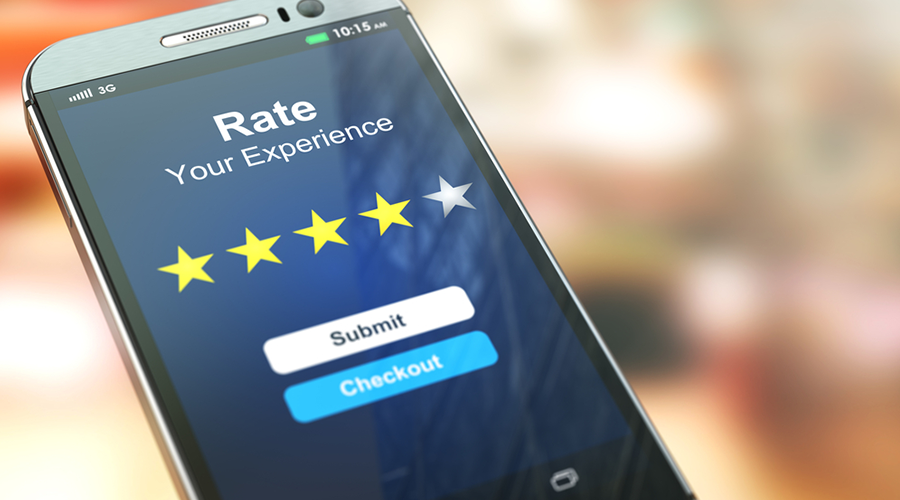Are you on the fence about adding a private label to your community pharmacy?
You may think it’s not worth the hassle due to meager reimbursements, DIR fees, and frustrating clawbacks. But even with those, prescription sales make up 95 percent of your business on average. That leaves a measly five percent for the front end. So, why bother?
“A private-label line increases profit,” said Kim Leach, National Account Manager at CDMA. “In fact, private-label products are more profitable than national brands.”
Private labels are cash sales, which go into your bank. This means no one will ask you for money at the end of the quarter. They provide greater margins and instantly contribute to your cash flow, giving OTCs a dual benefit that prescription sales can’t provide. Plus, shopping private labels saves consumers an average of 28 to 33 percent.
“The highest profit margin SKUs tend to be in analgesics, vitamins, cough and cold, first aid, and digestive. As a private label, all categories offer very good margins, Leach said. “Some of the other categories that offer good margins include batteries in general merchandise, hand and body, foot care, and implements (scoops and spoons, spatulas, tweezers and forceps, ointment slabs, and more).”
Here are some things to consider before you revamp your shelves with your own private label:
- Pinpoint the types of patients who frequent your pharmacy and which ones are your target market.
- Make a mental note of what OTC products they purchase most.
- Scan your front-end products to see if any complement the prescription medications your patients already picked up.
- Be sure you have enough staff and the proper systems in place for inventory management.
- Walk your store to make sure the design and layout are conducive to those who like to browse and may want to buy non-prescription items.
- Prepare your team to engage with and help patients in the store.
Once you’ve made up your mind to adopt a private label, how do you move those items off the shelf?
Start with prices. If you’re pricing the products yourself, simply take the brand price and reduce it by 20 to 25 percent. Your customers will appreciate those savings, and your pharmacy will still earn a nice profit because the private-label products cost you less than the brand.
Prioritizing your private label in your merchandising is important, so placing it in a location where it’s seen is vital.
“Your private label is typically offered in the front end, to the right of the matching national brand. By merchandising this way, you allow your patients to compare the ingredients and price against the national brand. This philosophy came from the fact that most people are right-handed and tend to grab to the right,” Leach said.
Leach also adds that merchandising products on a clip strip, endcap, floor display, or PDQ displays is an excellent way to have your private-label brand merchandise in a high-traffic area. It also captures the sale from a consumer who may not be walking down the OTC aisle.
By educating your staff on your private-label products, they’ll soon become your private-brand ambassadors who will help increase your profitable sales.
Steps to Develop Your Private-Label Brand
Understand Your Brand:
Understand what you want your brand to reflect. Pinpoint the missions and values that define your brand’s identity. What message do you want to send to your patients? Get to know your competitors. This will help you avoid building a brand that’s just like theirs.
Know Your Customers:
This will help you understand their concerns and needs. It will also help you develop your private-label brand and decide upon the products to start stocking first.
Select an Experienced Supplier:
The private-label supplier you choose matters. Differences between suppliers lie in the quality and success of your brand. Find a supplier who offers products that will meet the needs of your patients.
Create an Eye-Catching Label Design:
It sounds easy, but there is a lot to consider when making a label. You’ll need to include the name and brand of the product; its primary uses; the medication ingredients; the correct dosage; who the medication is/isn’t suitable for; expiration dates for the products; storage instructions; any essential warning information; and a graphic.
Graphics can help make your packaging more eye-catching, so they stand out on the shelves. Stick to one graphic in your label design, making sure it’s clear and not confusing. A good graphic can also help your patients understand what a product does.
“By placing a ‘Compare to’ statement on the front, upper right of the package, your customers can be assured it’s the exact same product meeting all FDA requirements to be able to make this claim. Once your customer builds trust in your brand, they’ll become a loyal shopper and will make more frequent trips back to purchase the brand they trust,” Leach said.
Drive Sales on Your Private-Label OTCs
Increase your bottom line with these ideas:
Customer loyalty
Do you have a customer-loyalty program? Incorporate your private label OTCs into it. This will not only encourage participation in the program, but will introduce some of your main customers to a new product. Simply encourage them to buy private-label items so they can earn additional loyalty points on qualifying purchases.
Spot the difference
Believe it or not, most people don’t notice price differences while shopping. They’re in a hurry. They simply spot the product they need, grab it, and continue on their way. You can help your patients notice the differing prices by printing shelf talkers that compare the brand name with the private-label product.
Educate them
There’s a reason your customers shop at your independent pharmacy. They know they get the best care and advice from your staff. If you spot a customer purchasing a brand name, educate them on your private-label OTCs. Let them know they offer the same results for a lower price.
From the Magazine
This article was published in our quarterly print magazine, which covers relevant topics in greater depth featuring leading experts in the industry. Subscribe to receive the quarterly print issue in your mailbox. All registered independent pharmacies in the U.S. are eligible to receive a free subscription.
More articles from the March 2023 issue:
- The Best Software Systems
- New Obesity Drug
- Unexpected Partnerships
- Adding a Private Label
- Get Ready for the DSCSA
- Allergy OTC Season
- Business Loans for Your Pharmacy
- Pharmacy Shortages
A Member-Owned Company Serving Independent Pharmacies
PBA Health is dedicated to helping independent pharmacies reach their full potential on the buy-side of their business. Founded and run by pharmacists, PBA Health serves independent pharmacies with group purchasing services, wholesaler contract negotiations, proprietary purchasing tools, and more.
An HDA member, PBA Health operates its own NABP-accredited warehouse with more than 6,000 SKUs, including brands, generics, narcotics CII-CV, cold-storage products, and over-the-counter (OTC) products — offering the lowest prices in the secondary market.












